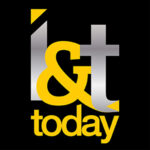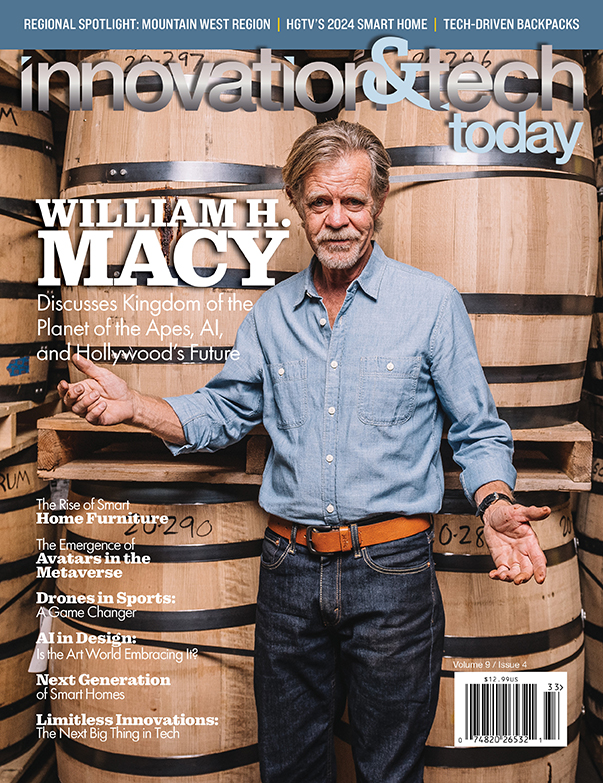In today’s fast-paced work environment, productivity is more than just a buzzword—it’s a crucial element of success. The modern professional faces a constant influx of tasks, meetings, and digital distractions, all of which can make staying focused and efficient a real challenge. With the right strategies and tools, however, it’s possible to navigate these demands and enhance productivity. This article delves into practical tech hacks that can help professionals maximize their output, streamline their workflows, and stay ahead in a digital world.
Must-Have Apps and Tools for Modern Professionals
The right tools can make all the difference in maintaining productivity. With an overwhelming number of apps available, it’s important to choose those that genuinely contribute to efficiency rather than adding to the noise. For communication, platforms like Slack or Microsoft Teams allow for seamless interaction with colleagues, reducing the need for endless email threads. When it comes to task management, apps like Trello and Asana provide clear visual overviews of projects, helping professionals track progress and deadlines with ease.
For those who juggle multiple responsibilities, time-tracking tools like Toggl can be invaluable. They not only monitor where your time goes but also provide insights into productivity patterns, allowing for more informed decisions about how to manage your workday. Tools like RescueTime can further enhance this by identifying distractions and suggesting improvements.
Another essential tool is a robust password manager like LastPass or 1Password. These tools ensure that your online accounts are secure without the need to remember countless passwords, which can save time and reduce frustration. Finally, professionals should consider using automation tools like Zapier, which can connect different apps and automate repetitive tasks, freeing up more time for creative and strategic work.
How to Automate Everyday Tasks and Save Time
Automation is a key strategy for enhancing productivity, particularly when it comes to repetitive tasks that can drain energy and time. By automating certain processes, professionals can focus on more meaningful work, improving overall efficiency.
Email management, for example, can be streamlined through tools like SaneBox, which filters important messages into your inbox while directing less critical emails into designated folders. Similarly, tools like Unroll.Me can help declutter your inbox by consolidating subscription emails into a single digest, making managing it easier.
Automating data entry and reporting tasks can also save significant time. Tools like Zapier and IFTTT (If This Then That) allow professionals to create workflows that automatically transfer data between apps or trigger actions based on specific conditions. For instance, you can set up a workflow that automatically saves email attachments to a cloud storage service like Google Drive, reducing the need for manual uploads.
Scheduling can also be automated using tools like Calendly, which syncs with your calendar and allows others to book meetings with you based on your availability, without the back-and-forth of emails. This not only saves time but also helps reduce the cognitive load associated with managing appointments.
Best Practices for Organizing Digital Files and Documents
Efficient organization of digital files and documents is essential for maintaining productivity, particularly in a world where information is constantly flowing. Disorganized files can lead to wasted time searching for documents and increased stress levels. Implementing best practices for digital organizations can alleviate these issues.
Start by establishing a clear and consistent folder structure that aligns with how you work. For example, you might create top-level folders for different clients or projects, with subfolders for specific types of documents, such as contracts, reports, and correspondence. Naming conventions are also important—use descriptive file names that make it easy to identify the content at a glance, including dates or project codes where relevant.
For professionals dealing with large files or numerous documents, using a PDF compressor can be highly beneficial. Compressing PDFs reduces file sizes without sacrificing quality, making them easier to store and share. A reliable PDF compress tool can help you manage document storage more efficiently, ensuring that even large projects remain organized and accessible.
When dealing with sensitive or important documents, consider using a cloud-based service that offers version control and file recovery features. This ensures that you can always revert to a previous version of a document if needed, and protects against accidental loss of data.
Regularly decluttering your digital workspace is also essential. Set aside time each week or month to review and archive files that are no longer needed, freeing up space and reducing the risk of clutter. This practice can significantly reduce the time spent searching for files, directly impacting productivity.
Tips for Maintaining Focus in a Tech-Driven Environment
Maintaining focus in a tech-driven environment can be challenging, particularly with the constant stream of notifications and the temptation to multitask. However, implementing a few key strategies can help professionals stay on track and avoid distractions.
One effective approach is to use the Pomodoro Technique, which involves working in focused intervals, typically 25 minutes long, followed by a short break. This method helps to maintain concentration and prevent burnout. There are various apps available, such as Focus Booster or TomatoTimer, that can help you implement this technique.
Another strategy is to limit digital distractions by turning off non-essential notifications during work hours. Tools like Focus@Will or Brain.fm offers music specifically designed to enhance concentration, which can be a great aid when you need to block out background noise and stay in the zone.
For those who struggle with managing their time, time-blocking can be an effective technique. This involves dedicating specific blocks of time to particular tasks or projects, ensuring that you allocate adequate time for important work while avoiding the pitfall of multitasking. Calendar apps like Google Calendar or Microsoft Outlook can help you plan your day effectively, providing visual cues that keep you on track.
Finally, physical well-being plays a significant role in maintaining focus. According to studies, 93% of workers say their physical well-being impacts their productivity. Regular breaks, physical activity, and a healthy diet can all contribute to better concentration and sustained energy levels throughout the day.
Enhancing Collaboration in Remote and Hybrid Workspaces
Collaboration is crucial for productivity, especially in remote and hybrid work environments. With many employees now working from different locations, ensuring effective communication and teamwork has become more important than ever. However, studies show that 70% of employees believe they would be more productive if they were in fewer meetings, highlighting the need for more efficient collaboration methods.
One way to enhance collaboration is to use asynchronous communication tools like Loom or Slack’s Huddles feature. These tools allow team members to share updates and ideas without the need for real-time meetings, reducing the burden of constant video calls and freeing up more time for focused work.
For projects that require real-time collaboration, tools like Miro or Figma provide interactive platforms where team members can brainstorm, design, and edit together, regardless of their physical location. These tools offer virtual whiteboards and collaborative canvases that mimic the experience of working together in a shared space, making it easier to align on goals and drive projects forward.
Establishing clear communication guidelines is also essential for remote and hybrid teams. This includes defining which tools to use for different types of communication, setting expectations for response times, and ensuring that all team members have access to the necessary technology and resources.
Lastly, fostering a culture of trust and accountability is key to successful collaboration. By empowering employees to take ownership of their tasks and providing them with the tools they need to succeed, organizations can create an environment where collaboration thrives and productivity soars.











